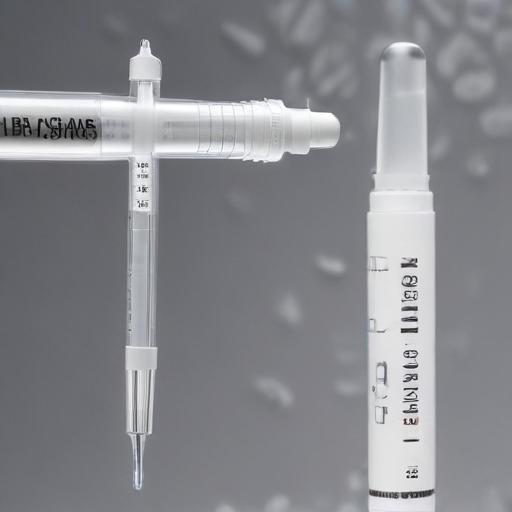The latest CDC data show COVID-19 rates climbing in the Southwestern United States to about 12.5%, the highest regional level in the country, while Los Angeles County reports the highest wastewater COVID levels observed since February. The surge is attributed in part to a highly contagious variant known as Stratus, which was first detected in Asia in January, reached the United States in March, and became the dominant strain by the end of June. The Stratus variant now accounts for roughly two-thirds of virus sequences found in wastewater nationwide, according to the CDC.
Nationwide, the COVID-19 positivity rate rose to about 9% in early August, a level not seen since the post-holiday spike earlier in the year, though still below last August’s peak of 18%. Deaths, a lagging metric, have so far remained relatively low as cases rise.
In California, the return to classrooms is taking place amid debate over updated COVID-19 vaccination guidance. Health and Human Services Secretary Robert F. Kennedy Jr. has pushed for removing the COVID vaccine from the CDC’s recommended immunization schedule for healthy children and healthy pregnant women, a policy shift that has drawn widespread criticism from public health experts.
The virus continues to mutate, with vaccines designed to target circulating strains, while the Stratus variant’s growing prevalence highlights ongoing concerns about immune protection that can wane as new strains emerge. Stratus was first detected in Asia in January, entered the U.S. in March, and became the predominant strain by the end of June. It now represents about two-thirds of variants detected in wastewater in the United States.
The Advisory Committee on Immunization Practices has historically recommended updated COVID vaccinations alongside the regular flu shot. For the fall 2024–spring 2025 season, the committee noted that booster shots had reduced the risk of hospitalization by about 44% and death by about 23% in the previous year. While boosters carry rare risks of heart conditions and allergic reactions, the committee said the health benefits outweighed these concerns and stressed that booster effectiveness tends to wane as new strains emerge. Nevertheless, the panel maintained that most Americans should receive booster shots to maintain protection.
Commentary and context:
– The current rise in cases, particularly in the Southwest, underscores the importance of continued surveillance and flexible vaccination strategies as the virus evolves.
– The policy dispute over booster recommendations reflects broader tensions between public health guidance and political considerations. Public health experts emphasize that vaccines and boosters remain a primary tool for reducing severe outcomes, even as new variants appear.
– Wastewater surveillance continues to play a critical role in tracking transmission trends and guiding public health responses.
If you’re looking for a takeaway, the situation reinforces two hopeful points: vaccines and boosters continue to offer meaningful protection against hospitalization and death, and public health systems are actively monitoring variants like Stratus to adapt guidance and vaccines as needed. Ongoing communication, vaccine accessibility, and updated guidance will be key as the season progresses.
Key takeaways:
– Southwest COVID-19 rates at 12.5%, highest in the nation.
– Los Angeles County wastewater levels at their highest since February.
– Stratus variant accounts for about two-thirds of wastewater samples nationwide and is the driver of current transmission.
– National positivity around 9% in early August; deaths remain comparatively low.
– RFK Jr. advocates removing COVID vaccine from CDC’s routine schedule for healthy children and pregnant women, prompting legal challenges.
– ACIP’s fall 2024–spring 2025 update notes boosters substantially reduce hospitalization and death, despite waning effectiveness against new strains; boosters still recommended for most Americans.
